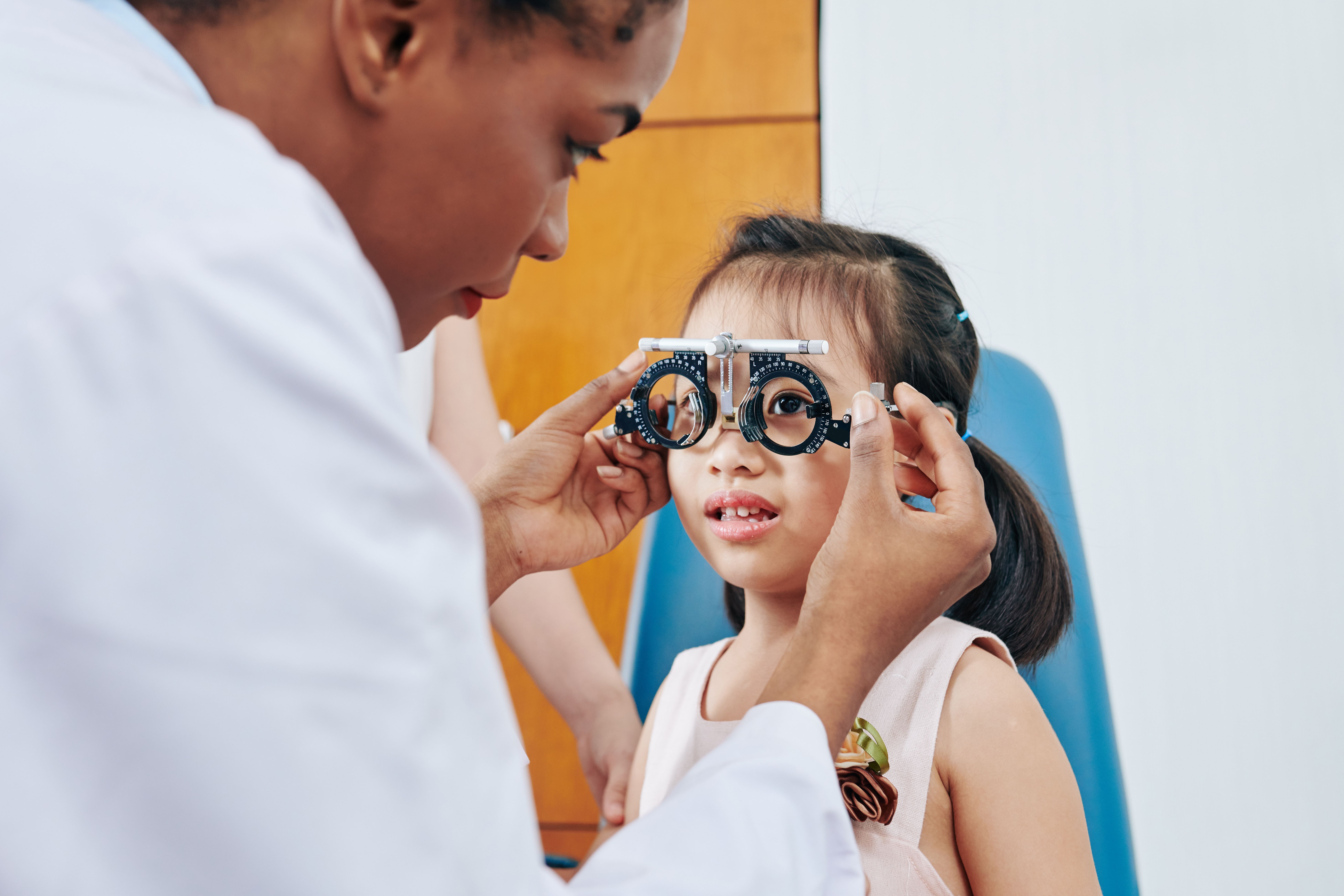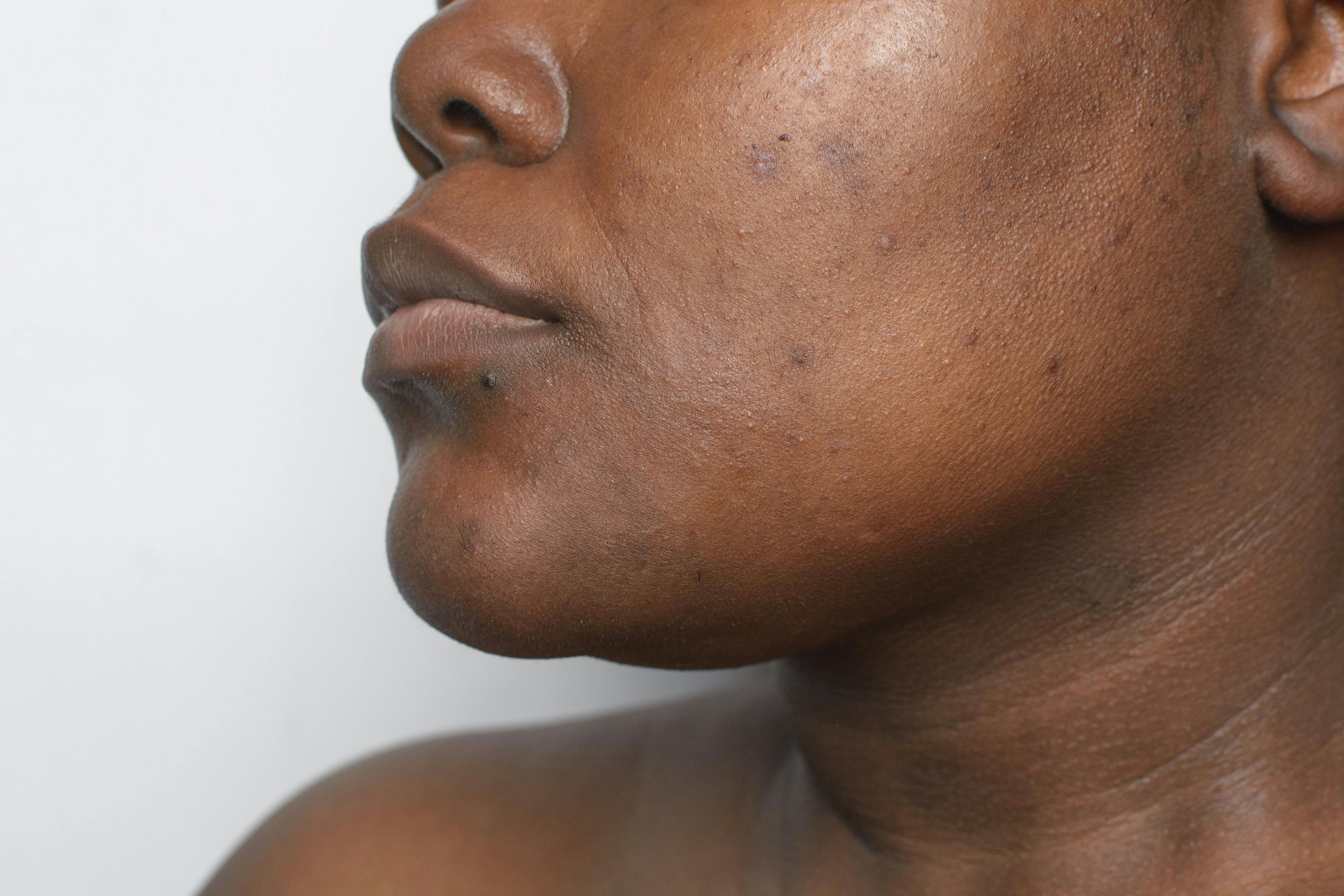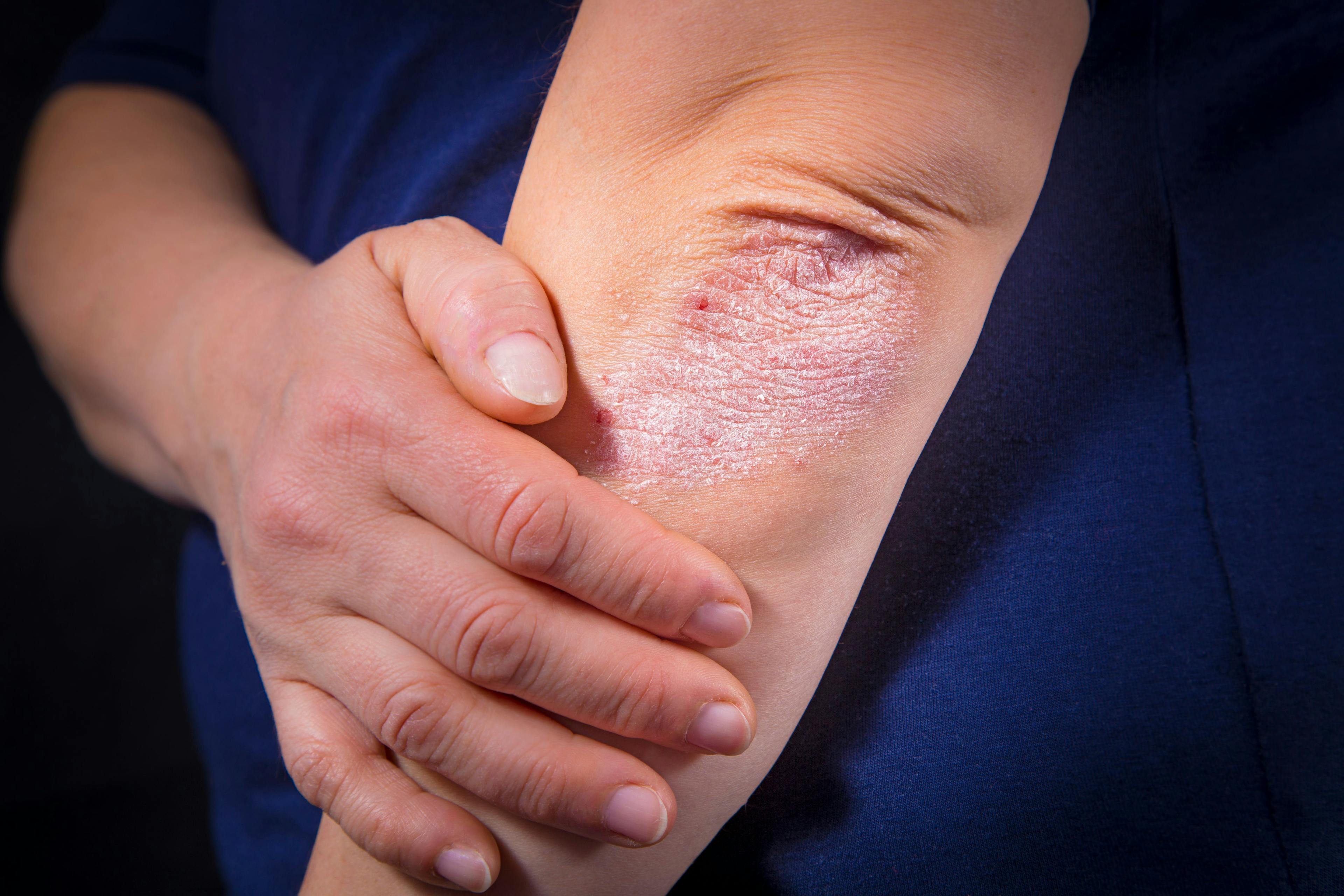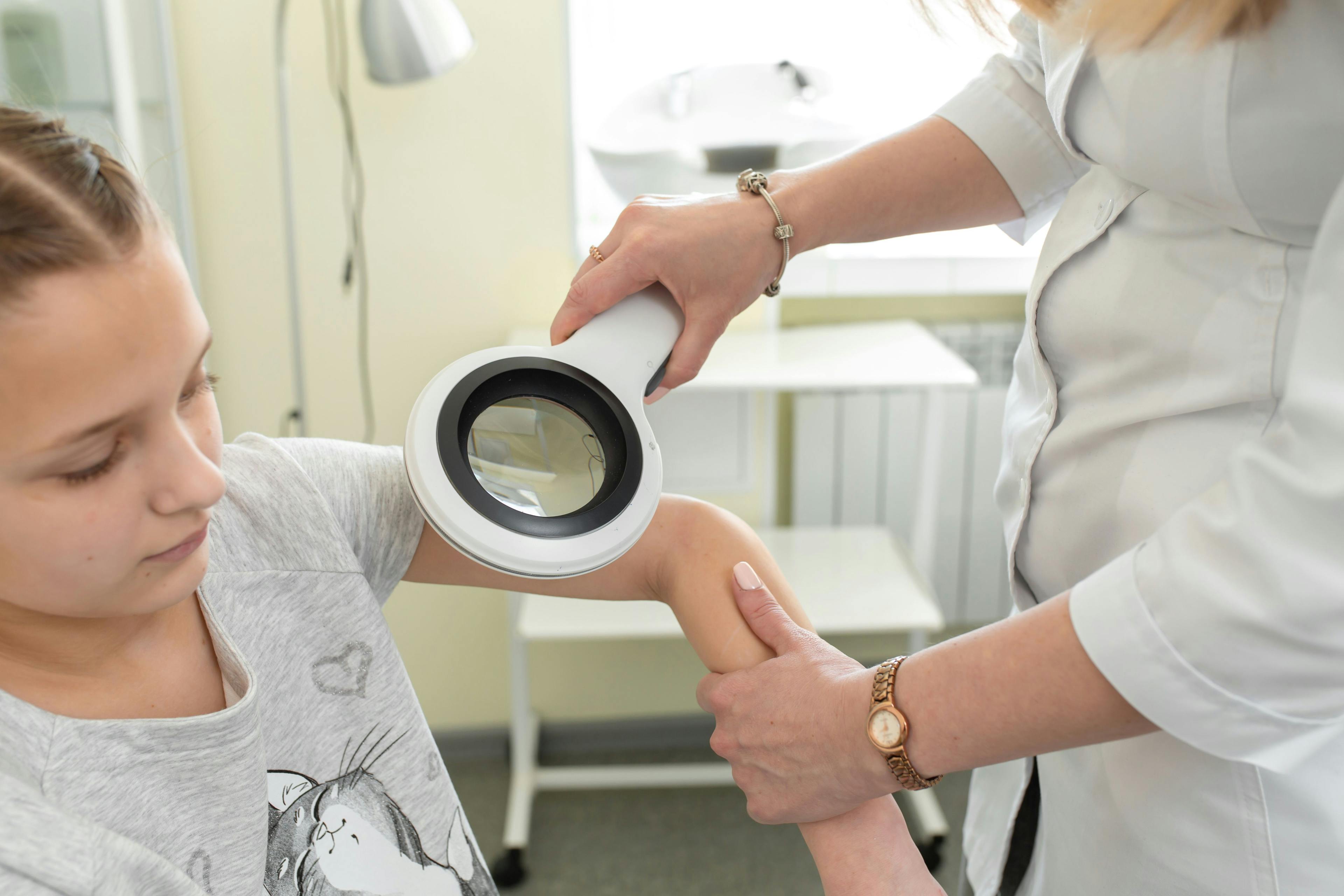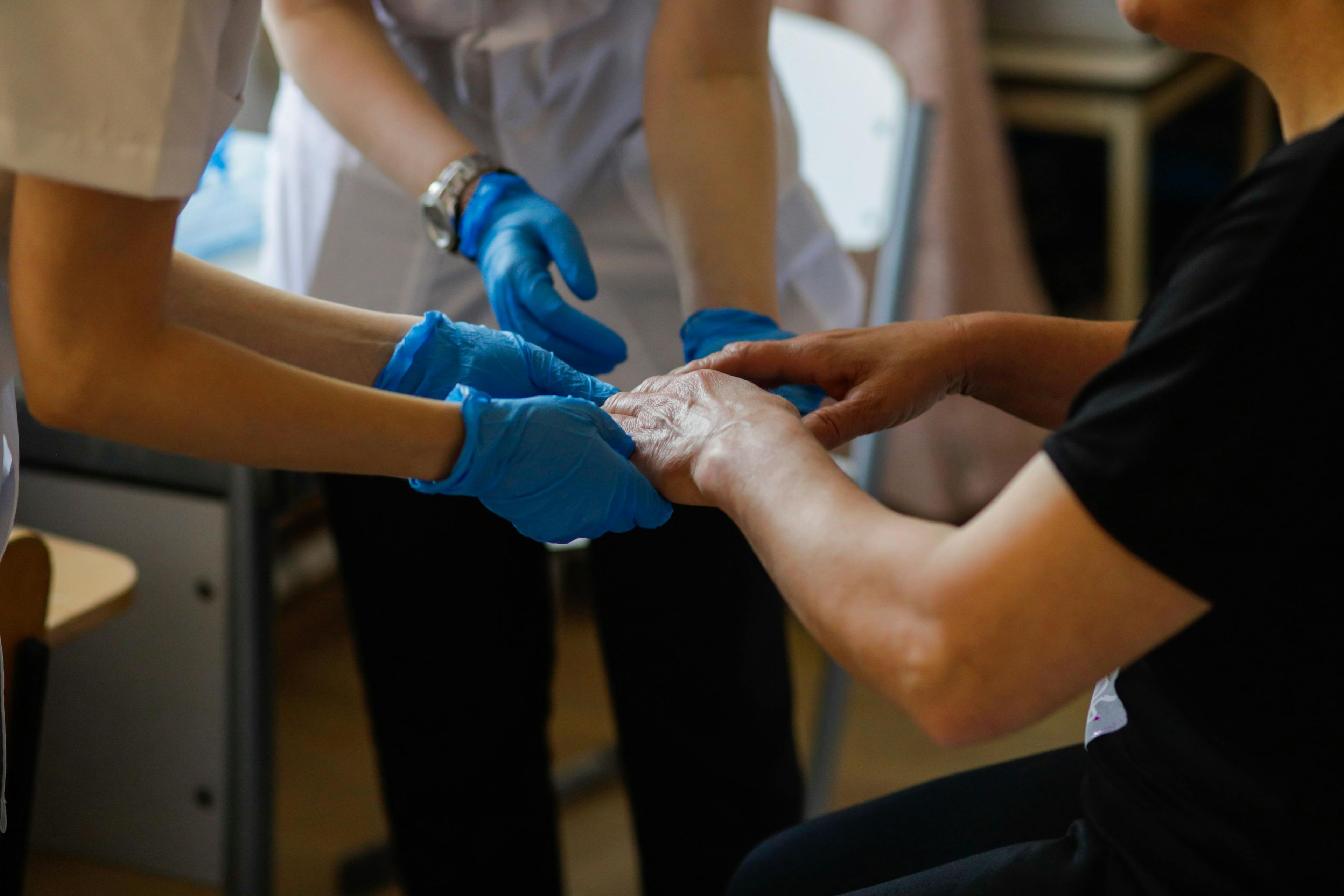- Acne
- Actinic Keratosis
- Aesthetics
- Alopecia
- Atopic Dermatitis
- Buy-and-Bill
- COVID-19
- Case-Based Roundtable
- Chronic Hand Eczema
- Chronic Spontaneous Urticaria
- Drug Watch
- Eczema
- General Dermatology
- Hidradenitis Suppurativa
- Melasma
- NP and PA
- Pediatric Dermatology
- Pigmentary Disorders
- Practice Management
- Precision Medicine and Biologics
- Prurigo Nodularis
- Psoriasis
- Psoriatic Arthritis
- Rare Disease
- Rosacea
- Skin Cancer
- Vitiligo
- Wound Care
Publication
Article
Dermatology Times
Ophthalmologic Considerations for Pediatric Dermatologists
Author(s):
Sara F. Grace, MD, discussed medications and diseases that dermatologists encounter in treating patients.
Sara F. Grace, MD, is a board-certified ophthalmologist and specialist in pediatric ophthalmology and pediatric and adult strabismus at North Carolina Eye Ear Nose and Throat/Duke Health. She presented key takeaways in ophthalmology that relate to dermatology in her session “Seeing Eye to Eye: Ophthalmology Pearls for Pediatric Dermatologists” on Friday, July 14 at the 2023 Society for Pediatric Dermatology Meeting in Asheville, North Carolina.1
Grace kicked off her presentation showing systemic and inhaled corticosteroid (CS) use. Treatment with CSs can lead to ocular complications, such as cataracts and glaucoma. However, she said, “There’s a lot of steroid fear out there, which you can argue is actually harmful in itself because not treating periorbital eczema leads to eye problems, chronic eye rubbing, a lot of discomfort, and cause corneal abrasions.”
Eyelid absorption of topical CS (TCS) is 300 times that of plantar skin. She advised that dermatologists use the lowest dose CS possible and educate patients on what they are using and how to apply it. Working with an ophthalmologist to monitor for glaucoma can help treat the patient’s disease as safely as possible, especially for those with known ocular disease or risk factors for them.
Grace next discussed vernal and atopic keratoconjunctivitis (AKC). Approximately 25-40% of patients with atopic dermatitis will also present with vernal keratoconjunctivitis (VKC) or AKC. VKC largely affects younger kids and is caused by seasonal allergies. Patients with AKC and VKC are so uncomfortable and experience such itching that they rub their eyes creating constant friction on the cornea. The resulting shield ulcers can last for months.
The first line of treatment is mast cell stabilizers and antihistamines. The second line of treatment is topical steroids and calcineurin inhibitors.
Grace then talked about vascular issues that can cause eye problems. Capillary hemangiomas and amblyopia, which cause the brain to receive “bad input” from the eye, can result in blindness.
Port wine birthmarks on the face, particularly when the birthmark is on the forehead or is large and involves periorbital skin, lead to a higher risk of developing glaucoma throughout life.
Blepharitis is the cause of many office visits and is often misdiagnosed as pink eye. Comorbid conditions of blepharitis can include rosacea, Demodex, and vitamin A deficiency. To treat blepharitis, patients can use topical therapies, oral antibiotics, hygiene measures, warm compresses, and massage.
Reference
- Grace S. Seeing eye to eye: Ophthalmology pearls for pediatric dermatologists. Session presented at the 2023 Society for Pediatric Dermatology Meeting; July 13-16, 2023; Asheville, NC.

Newsletter
Like what you’re reading? Subscribe to Dermatology Times for weekly updates on therapies, innovations, and real-world practice tips.

